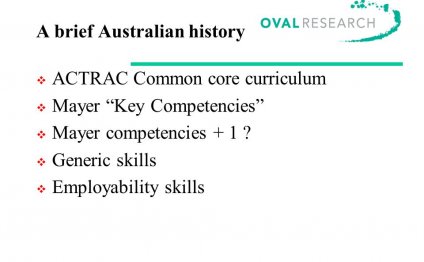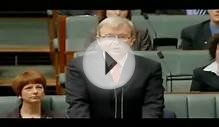
Brief Australian history

Ancient
People have been living on the Australian continent for ages. The first people lived there between 42, 000 and 48, 000 years ago. The first inhabitants probably came from what is now known as Southeast Asia. These people are called the Aboriginals and are considered the “first Australians”. Australian aboriginal culture is the oldest living culture in the world – at least 40, 000 years old.
The first European discovery of Australia was by Dutch navigator Willem Janszoon early 1606. During the 17th century, the Dutch charted the whole the whole of the western and northern coastlines and called it "New Holland", but without the intention of settling there.
Colonisation
In the 17th century, the first British explorers arrived in Australia and claimed parts of it for Great Britain.
On August 1786, the British government decided to found a settlement in New South Wales. This allowed England to claim Australia and prevented France or Spain from taking it.
The original population of Australia was estimated to be around 750, 000 to 1, 000, 000 before the Europeans decided to settle the continent. The population declined steeply for 150 years after European settlement due to infectious diseases.
Another reason for the decreasing indigenous population was the genocide of the Aboriginal children who were removed from their families. However, these interpretations of Aboriginal history are disputed by conservative commentators. In particular, former Australian Prime Minister John Howard, said the claims were exaggerated or fabricated for political and ideological reasons.
Between 1788 and 1868 the colony of New South Wales was officially a penal colony. During this period about 160, 000 convicts were sent to Australia from Britain. Depending on their skills, education, and behaviour they were put to work in this new society. Besides convicts, the settlement was made up of mostly marines and their families.
In the early 1850’s, a gold rush began in Australia and led to the Eureka Rebellion against mining licence fees in 1854. This was an early expression of civil disobedience.
The six colonies (New South Wales, Victoria, Tasmania, Queensland, Northern Territory and Western Australia) gained their own government between 1855 and 1890 and started to manage their own affairs, but still as part of the British Empire. Some affairs were still dealt with by The Colonial Office in London.
Post Federation
The federation of the colonies was achieved on 1 January 1901 after a decade of tough negotiations and voting. In 1907, The Commonwealth of Australia became a dominion of the British Empire.
Encouraged immigration from Europe to Australia started after World War II ended.
After the abolition of the White Australia policy in the 1970s, immigration from Asia and elsewhere was also encouraged.This led to a transformation of Australia's demography, culture, and identity.
In 1986, the last constitutional ties between Australia and the UK were resolved due to the passing of the Australia Act. This act ended all British involvement in the government of the Australian States.
VIDEO REVIEWS



Share this Post
Related posts
Tobacco history Timeline
A tobacco history timeline published today by the Robert Wood Johnson Foundation showcases a decrease in smoking among adults…
Read MoreStatewide smoking ban
Kentucky leads the nation in smoking, and how the state goes about addressing that distinction will rest in part with the…
Read More










